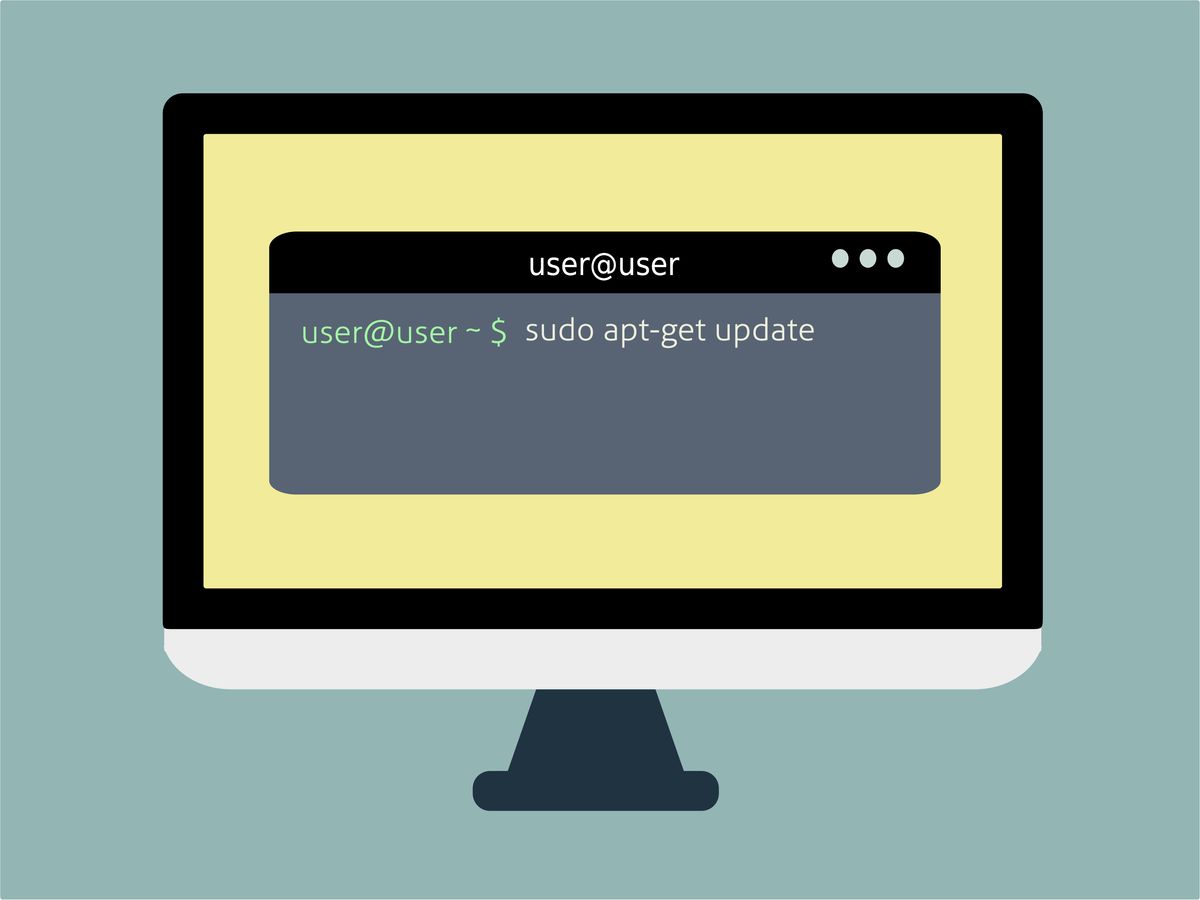

- Sudo allow user access to minicom how to#
- Sudo allow user access to minicom full#
- Sudo allow user access to minicom password#
If you see root as output, that means sudo access is working properly.
Sudo allow user access to minicom password#
sudo whoamiĮnter the password for the user (unless you have set the NOPASSWD option) and you’ll see the output of the command.

Now, run the sudo command followed by “whoami” command. To test the sudo access for the user, login with the user account or switch to the user account using the “su” (switch user) command. echo "username ALL=(ALL:ALL) ALL" > /etc/sudoers.d/usernameĭon’t forget to replace “username” in the above command with your desired username. You can create a new file manually in the /etc/sudoers.d directory and add the configuration manually or you can use the following command to achieve the same result. The files inside this directory are included in the sudoers file. You can also grant sudo access by creating a new configuration file in the /etc/sudoers.d directory. Creating a file in the sudoers.d directory username ALL=(ALL:ALL) NOPASSWD:/bin/mkdir,/bin/mv 3. You can also use the NOPASSWD option to allow the user to run sudo commands without being asked for a password. username ALL=(ALL:ALL) /bin/mkdir,/bin/mv Here’s an example to grant sudo access for running mkdir and mv command.
Sudo allow user access to minicom full#
You can find the full path of the command using the “which” command. If you want to mention multiple commands, then separate them with a comma(,). Just mention the full path of the command in place of the last “ALL”. You can also grant sudo access for running specific commands. To grant sudo access for specific commands. Replace “username” with your desired username, then save the file and quit the editor. If you want to allow the user to run sudo commands without being asked for a password, then add this line: username ALL=(ALL:ALL) NOPASSWD:ALL Only after entering the password, the command will be executed. Whenever you use the sudo command, it will prompt for the password of the user. To grant sudo access without prompting for the password. This will grant sudo access to your desired user. Replace “username” with your desired username before saving the file and quitting the editor. Once the editor is open, follow any one of the methods mentioned below to grant sudo privileges.Īdd the following line to the file. Now, to edit the sudoers file, run the command: visudo Now, when you run the visudo command, you’ll get the nano text editor to edit the sudoers file.Īlso, if the default visudo EDITOR variable is set to nano, you can change it to vim editor using: export EDITOR=/bin/vim If you want to edit the sudoers file with nano, then set the variable to: export EDITOR=/bin/nano This is specified in the EDITOR environment variable. When you run the visudo command, you’ll notice that it is using the vim or nano text editor. Using the visudo command is better than using any regular command-line text editor to edit the sudoers file as it checks for any syntax errors, you may have made while editing the file. To edit the sudoers file, we will use the visudo command. This is the easiest way, but if you want more control over granting the sudo access to the user, then grant sudo access by editing the sudoers file. Replace “ username” with your desired username. To add the user to the sudo group run the following command. The members of the sudo group are granted sudo access. The easiest way of granting sudo access to a user is to add the user to the sudo group. I am showing you three ways in which you can grant sudo access to the user. If you want to give sudo access to an existing user, then skip this step. Once, logged in using the root account, create a new user for whom you want to grant sudo access. Replace “server_ip” with the IP address of the Linux server.
Sudo allow user access to minicom how to#
In this tutorial, I am going to show you how to grant sudo access to any user by adding that user to the sudoers file on Linux.


 0 kommentar(er)
0 kommentar(er)
